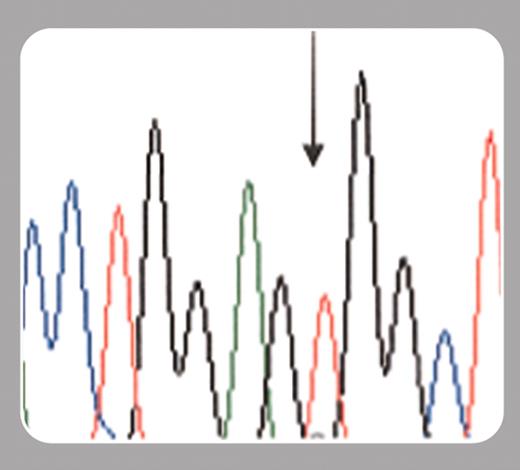Molecular genetic analysis of inherited human disease has an exemplary record of informing our understanding of complex biologic processes. In keeping with this, recent studies of inherited erythrocytosis have provided important insights into physiologic mechanisms that govern oxygen homeostasis. Analysis of an apparently geographically restricted form of recessively inherited erythrocytosis, which is endemic in the Chuvash population inhabiting the mid-Volga region of Russia, defined a homozygous (Arg200Trp) mutation in the von Hippel–Lindau (VHL) tumor suppressor as the cause of the dysregulated erythropoiesis (Ang et al, Nat Genet. 2002;32:614-621). In this issue, Percy and colleagues (page 1097) now report the existence of this mutation in 4 families of Indian Asian and European ancestry. The paper follows closely on a study from Prchal et al that also demonstrated the Arg200Trp and other VHL mutations in non-Chuvash cases of childhood erythrocytosis (Pastore et al, Blood. 2003;101:1591-1595). VHL was first defined as the germ-line defective gene in a dominantly inherited cancer syndrome in which somatic inactivation of the second allele is required for tumor formation (reviewed by Kaelin, Nat Rev Cancer. 2002;2: 673-682). But the new findings define a different disease mechanism for particular VHL mutations and suggest that such mutations are not uncommon amongst cases of inherited erythrocytosis.
The mechanistic link between VHL and erythropoiesis is via hypoxia inducible factor (HIF), a transcription factor first defined as a regulator of erythropoietin and subsequently recognized as a general mediator of responses to hypoxia. The VHL gene product is part of a multicomponent ubiquitin ligase that inactivates HIF by targeting the alpha subunit for proteasomal proteolysis. In VHL-defective tumor cells, striking up-regulation of multiple HIF target genes has provided a clear display of HIF/VHL functions at the cellular level. Nevertheless, physiologic insights within the intact organism have so far been limited. Functional analysis of the Arg200Trp allele suggests that it is “hypomorphic” with respect to defective regulation of HIF (Ang et al), potentially explaining both tolerance of homozygosity and the distinct phenotype dominated by erythrocytosis. Careful phenotyping of both heterozygotes and affected individuals should now provide an opportunity to observe the effects of activating HIF/VHL pathways on other aspects of human physiology. For instance, it will be important to understand whether the associated thrombotic tendency is simply secondary to erythrocytosis or reflects activation of other HIF targets. Equally interesting is whether as yet unexplained cases of erythrocytosis will prove to harbor mutations in other components of this pathway.


This feature is available to Subscribers Only
Sign In or Create an Account Close Modal